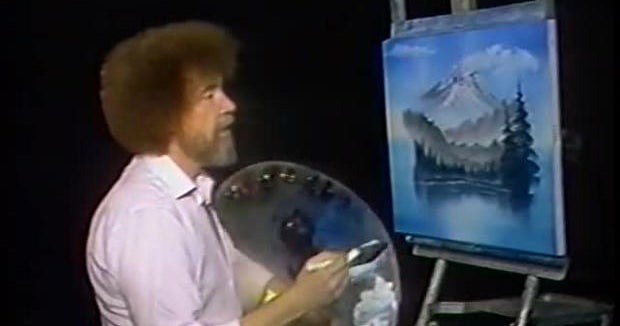FILM
The Smashing Machine ★★★
(M) 123 minutes
When you start out as a big guy, turning yourself into an even bigger guy might not seem like the most taxing kind of transformation. But as the real-life mixed martial arts champion Mark Kerr in The Smashing Machine, Dwayne Johnson is close to unrecognisable, and not just because of his dark, tightly curled wig, or the work put in by his makeup team and his personal trainer.
Johnson’s acting talent has always been visible to anyone willing to see it, but he’s spent the majority of his Hollywood career in bantering action-hero mode, outwardly relaxed and above it all.

A very different Dwayne ‘the Rock’ Johnson in The Smashing Machine.Credit: AP
The Kerr of the film is a smooth talker with a carefully crafted public persona, but never truly relaxed: just as he dominates in the ring, he takes up all the available space in his personal life, and not just physically.
In a word, he’s an obsessive, with precise but constantly shifting ideas about how everything should be done, whether it’s the milkshake his loyal girlfriend Dawn (Emily Blunt) prepares for him each morning, or the cactus growing in their backyard in suburban Arizona, inspired by his love of Road Runner cartoons.
As a fighter, he doesn’t just want to win – he needs to win, to the point where he refuses to contemplate the thought of losing. When he does begin to lose, he falls apart: set over a few years in the late 1990s, The Smashing Machine follows his decline into opioid addiction, the decay of his relationship with Dawn, and his eventual attempt at a comeback.

Emily Blunt, left, and Dwayne Johnson in The Smashing Machine. Credit: AP
This is the first movie written and directed solo by Josh Safdie, previously known for his collaborations with his brother Benny, such as Good Time and Uncut Gems – character studies of extreme personalities, done in a quasi-documentary style at once urgent and consciously old-fashioned.
In many ways, The Smashing Machine is in the same vein, recreating an era before mixed martial arts became a multi-million-dollar global industry (the fights we witness are mostly in Japan). Actual fighters make up much of the supporting cast: the onetime heavyweight champion Ryan Bader is straightforwardly effective as Mark Coleman, Kerr’s mentor, best friend and rival.
But compared to those earlier Safdie films, The Smashing Machine feels somewhat becalmed, drifting between a conventional sports biopic and something closer to Martin Scorsese’s classic Raging Bull, where the boxing scenes are merely a way of dramatising the hero’s internal struggle.

Dwayne Johnson in a scene from The Smashing Machine.Credit: AP
As in Raging Bull, the most gripping fight scenes are the domestic ones, which in this case are mostly verbal, though the potential for physical violence is always present. Mark and Dawn turn out to be highly strung in some of the same ways, and both have absorbed enough pop psychology to be capable of using it as a weapon by presenting themselves as the emotionally evolved one in the relationship. Still, only Mark has the ability to start ripping the house apart when he gets incensed, although Dawn does eventually start smashing things too.
Even here the symbolism is more obvious than it needs to be, and in other directions the film’s imagination runs out quickly: we learn little about Mark’s background, not enough to explain how he grew up to be so relentless and yet so fragile.
It doesn’t help that Johnson is about twenty years too old for the role – though this may not register fully till the closing credits, set against images of the fresh-faced Kerr in his prime. For the bulk of the film, Johnson is such a weird apparition we might not think of him as being any particular age. But transformation can only go so far.
Loading
Reviewed by Jake Wilson
The Smashing Machine is in cinemas from Thursday
Must-see movies, interviews and all the latest from the world of film delivered to your inbox. Sign up for our Screening Room newsletter.
Most Viewed in Culture
Loading


















































